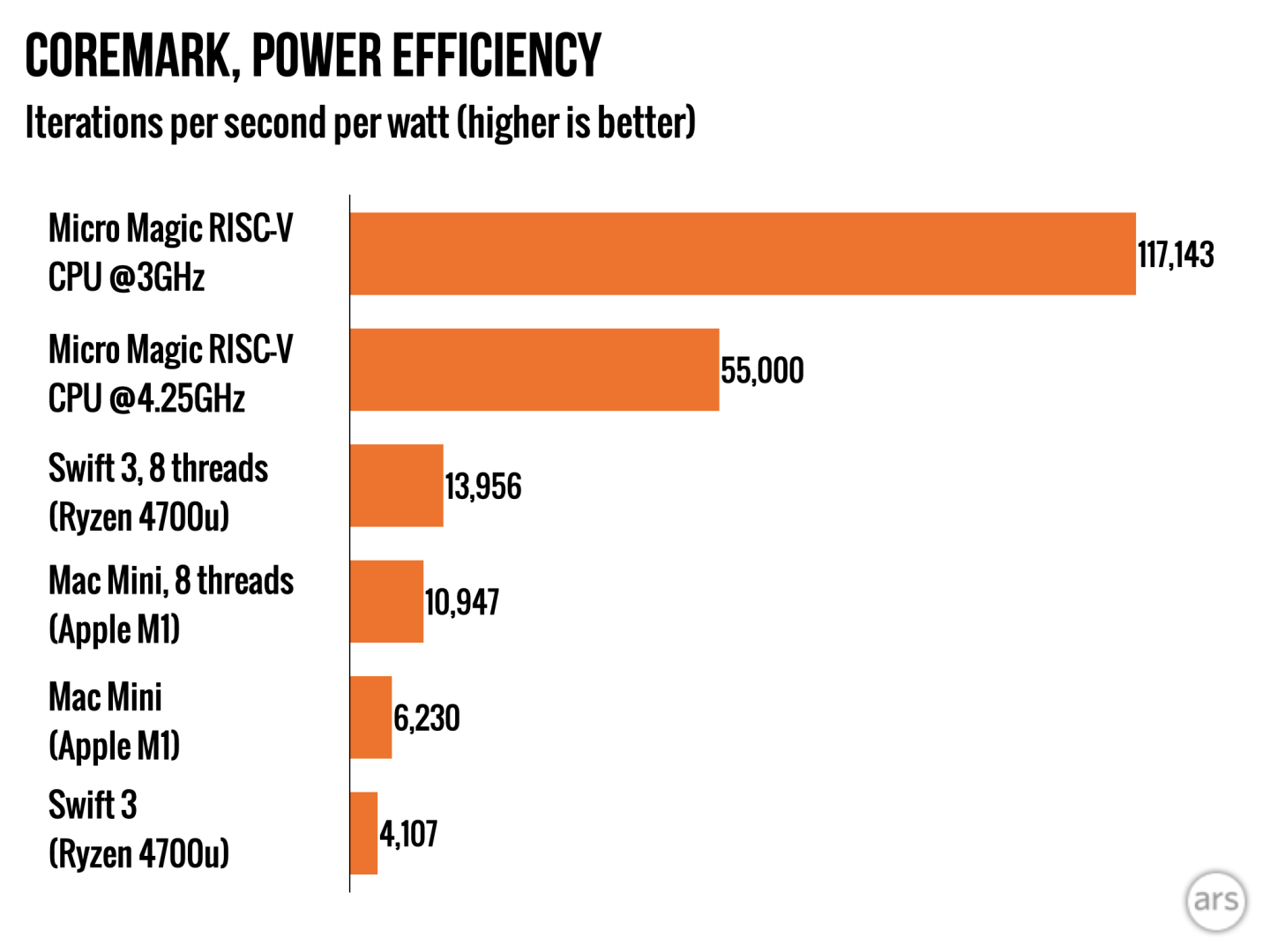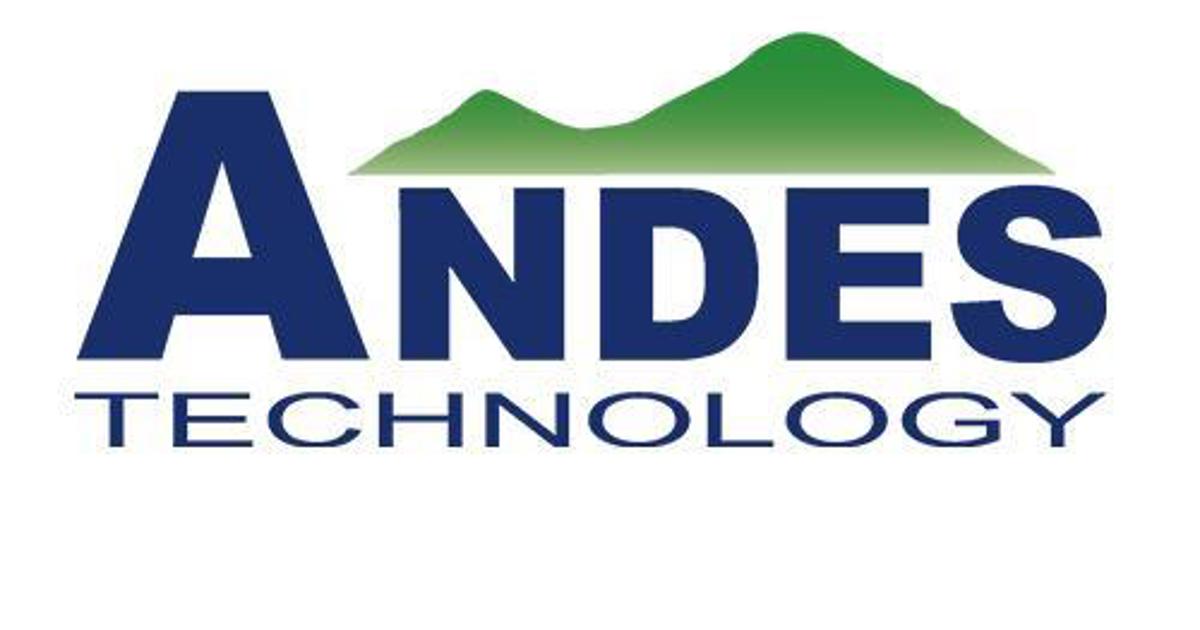- Apr 3, 2006
- 5,163
- 6,782
- 136
RISC-V gets mentioned more these days, as a contingency if ARM gets unruly, with NVidia in the process of buying them.
But what we seldom see are interesting RISC-V implementations. But there are some extremely impressive perf/watt claims about a new Risc-V design from Micro Magic:

 arstechnica.com
arstechnica.com

So are we at the beginning of the rise of RISC-V?
But what we seldom see are interesting RISC-V implementations. But there are some extremely impressive perf/watt claims about a new Risc-V design from Micro Magic:

New RISC-V CPU claims recordbreaking performance per watt
Micro Magic’s new CPU offers decent performance with record-breaking efficiency.
 arstechnica.com
arstechnica.com

So are we at the beginning of the rise of RISC-V?




